I'm trying to find the transfer function of a single band parametric equalizer. First stage is just a follower with an AC coupling capacitor. Output stage is an inverting amplifier. In the middle, there is a parametric single band equalizer. R2 and R3 are setting the level, R4 the quality factor and R7 the frequency. I've already fully simulated the circuit into LTSpice, but for science I want to derive the transfer function of the system (as a function of the frequency). I've spent more than a day on it, and I'm stuck with equations for the potential on multiple nodes, that all depends on each other.

So far, I have set U1 after the first capacitor equal to U1 at the output of the first op-amp, U2 at the negative input of the top op-amp, U3 at the node between R2 and R3, U4 between R4, R8 and C4, U5 at the positive input of the bottom op-amp, U7 at the positive input of the top op-amp and U6 at the output of the top op-amp and I have:
- U5 = (U4 R7)/(R7+Z_c4)
- U2 = (U3 Z1 + U6 R3)/(Z1 + R3)
- U7 = (R2 U1 + U3 R3)/(R2+R1)
- U4 = (U5(Zc4 Z2 + Z2 R8)+U3 R8 Zc4)/(Zc4 Z2 + R8 Z2 + R8 Zc4)
- U3 = (U7 R3 Z1 + U2 R2 Z2 + U4 R2 R3)/(R3 Z2 + Z2 R2 + R3 R2)
with Z2 the sum of C2 and R4 impedances, Z1 the impedance of C3 and R5 in parallel and Z3 the impedance of C3 and R6 in serie and Zc4 the impedance of C4. From there, I don't see how I'll be able to express U6 as a function of U1... I've tried State Space modeling as well, but I was stuck at the first capacitor since there is no current (I've done state space modeling a lot before, but not with op-amps).
Is there a better solution to solve this? Is it even possible? If not, how can I demonstrate it?
Thanks
Edit: Thanks I was able to make it work with the solution in the answer.



